Research Highlights from the 27th International Ornithological Congress
By Hugh Powell
August 21, 2018Get many more updates from the 27th International Ornithological Congress by following the #IOCongress2018 hashtag on Twitter.
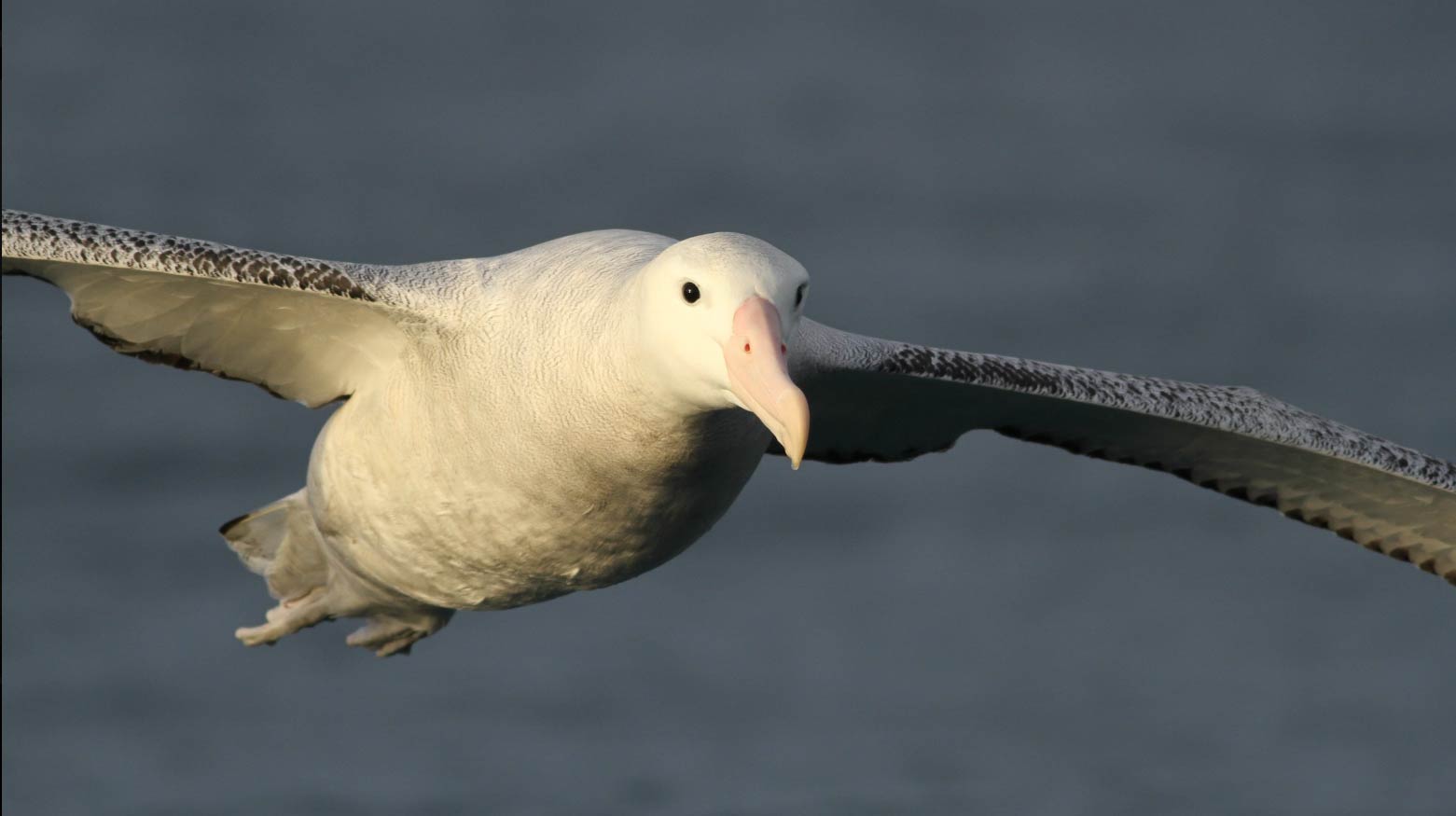
Saturday Highlights
“If I were Bill Gates, this is where I would put my money,” says Peter Ryan, director of the Fitzpatrick Institute of African Ornithology in Capetown. In the morning plenary, Ryan covered both the tragic and the hopeful aspects of the global seabird situation, currently the most threatened birds in the world. These ancient mariners have become collateral damage in industrial fishing, they’ve been persecuted for their eggs and guano, and when they return to land to nest, invasive predators like cats, rats, and even mice eat the eggs, chicks, and adults. In just the course of Ryan’s career, he’s seen populations of albatrosses, petrels, shearwaters, diving-petrels, and penguins crash.
Yet Ryan is far from resigned. He pointed out that the main current problems, fishing and invasive species, are ones we already know how to solve (case in point: Mexico’s success story from Thursday’s highlights, below). It just takes willpower and investment. Though the investments are large, they hardly require a checkbook the size of Bill Gates’s—in fact, Ryan is hoping to partially crowdfund an ambitious project on one of South Africa’s most important seabird colonies, Marion Island.
The South African government has already removed cats from the island in 1991. Prior to that landmark success, the island’s 2,000 introduced cats had been killing some 450,000 seabirds per year, Ryan said. But in the kind of tragic unintended consequences that happen all too often in ecology, once the cats were gone, Marion’s introduced mice bred out of control. They eventually began attacking albatross chicks and those of other seabirds.
It’s a deep irony that one of the world’s largest flying birds, the endangered Wandering Albatross, is being attacked and killed by 2-ounce mice. It scarcely sounds believable, but it’s been captured in videos (warning: they’re rather gruesome). After seeing the video evidence, the South African government threw its weight behind a new plan to eradicate mice from all 112 square miles of Marion Island, but it requires $3 million in materials. Absent a billionaire, Ryan has started encouraging people to adopt a hectare on Marion for about $100.
Climbing a mountain In Peru, binoculars in hand, Ben Freeman of the University of British Columbia retraced the steps of Cornell Lab director John Fitzpatrick, some 40 years after his pioneering surveys there. After comparing the two sets of bird lists, Freeman described an “escalator to extinction” similar to one he found in New Guinea in 2014 (in a similar project retracing the steps of Jared Diamond in the 1960s). In fact, Freeman found that already 5 high-elevation species common in Fitzpatrick’s surveys had disappeared in the present-day study. The “escalator” is a result of warming climate, which causes bands of habitat to creep up the mountainside, pushing birds and other animals with them. At the highest elevations the birds have no place else to go, short of finding a higher mountain range nearby—a vexing climate-change problem without a clear solution.
Quick hits:
- The Cornell Lab’s Kyle Horton and Andrew Farnsworth analyzed a trove of weather radar data from the last two decades. Overall, they found that peak spring migration is now happening about a day and a half earlier than it was 20 years ago, and the fall peak is happening about a half-day later, on average. See more at BirdCast.
- The critically endangered Great Philippine Eagle is getting help from local indigenous people, according to Jayson Ibanez of the Philippine Eagle Foundation. (For more on the story, see our documentary film Bird of Prey.) By building on the communities’ cultural interest in the eagle, and using local people as forest guards, there are now 5 communities helping to protect 130,000 acres of forest, home to 7 breeding pairs of this magnificent raptor.
Thursday Highlights
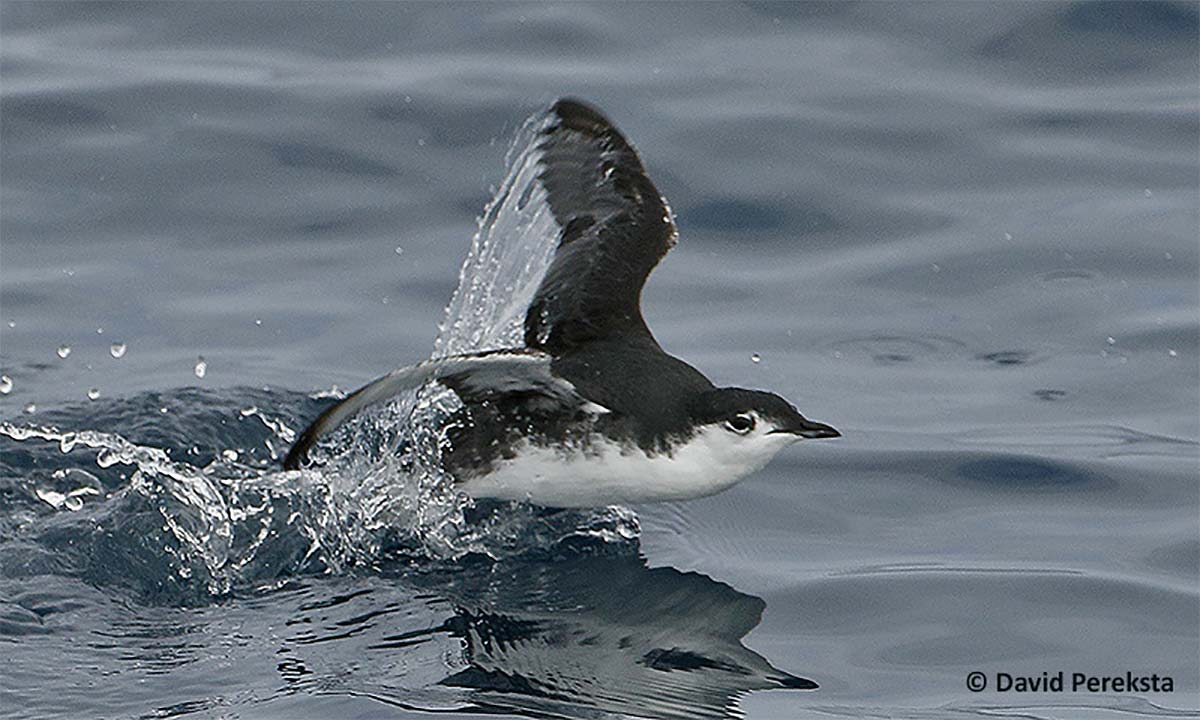
It took just 20 years for Mexico to restore their seabird colonies. In the best news of the day, Alfonso Hernández Ríos and Yuliana Bedolla-Guzmán of Conservación Islas recounted some herculean efforts to restore seabirds on 39 islands that had been infested by rats, cats, and goats. The teams removed animals, restored vegetation, built a predator-proof fence, and put up decoys and artificial burrows to bring pelicans, terns, cormorants, tropicbirds, murrelets, and auklets back to 28 colonies where none had nested in decades (more than a century in one case). “Every time I go to an [empty] island I wonder how it looked decades to centuries ago,” Hernández Ríos said. “Fortunately now I know there is a path back to recovery.”
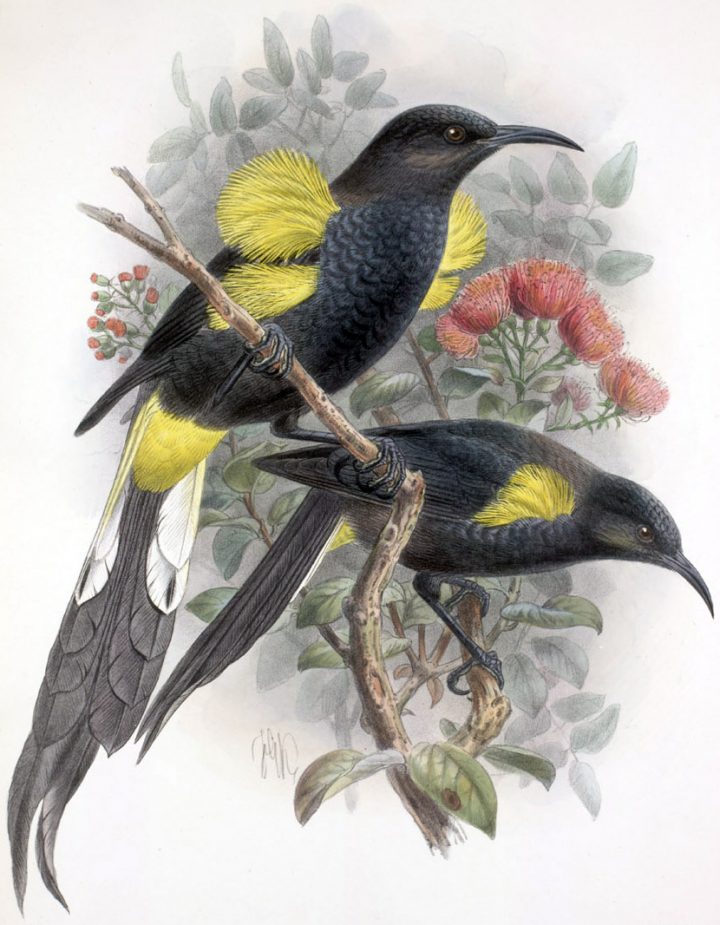
Hawaii is a vacationer’s paradise for pretty much everyone except birders, who face the heartbreaking reality that the islands’ spectacular native land birds are almost completely gone. Nearly 90% are either extinct or endangered. One of the main culprits is avian malaria. It doesn’t make people sick (in a cruel twist it’s not very virulent to Hawaii’s introduced birds, either), but it’s deadly to most of the native land birds.
The history of malaria’s arrival in Hawaii has been painstakingly reconstructed by Rob Fleischer of the Smithsonian Conservation Biology Institute. In some cases he used tiny feathers from traditional headdresses to travel back in time and look at the DNA of birds from long ago. Malaria first arrived in the late 1800s from Mexico, he found, but it wasn’t compatible with the local mosquito species, also introduced. (Unfortunately, the mosquito did carry a separate disease, pox, that took its own toll on the native birds.) It wasn’t until the 1940s that a mosquito-compatible malaria strain arrived from Australasia, and that’s when the infections took off. The work may help conservationists find new ways to fight malaria across the islands, and perhaps give Hawaii’s birds another chance.
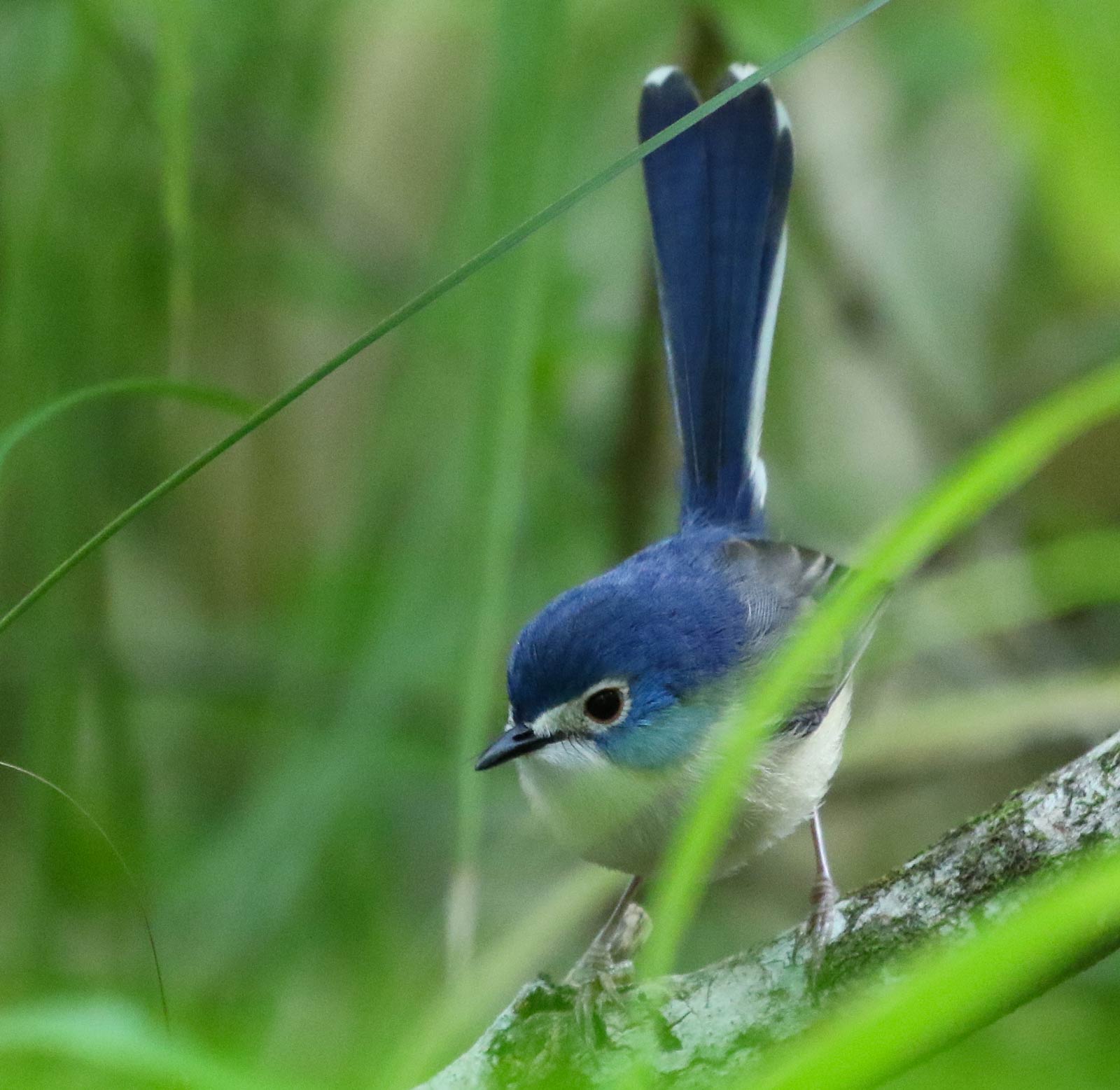
Why do some males and females look alike, while others are different? It seems like a basic question, but those are often the hardest to answer—this one was the topic of a whole symposium. Ken Kraaijeveld, of the Institute for Biodiversity and Ecosystem Dynamics in Amsterdam, took a page from Darwin and studied domesticated birds. (Where Darwin studied fancy breeds of pigeons, Kraaijeveld turned to poultry, or, as he put it, “funky chickens”). In some cases, he noted, fancy traits appear first in both sexes, and then may be either exaggerated or minimized as females choose their mates. But some features may be harder to change than others, he said, which may explain why male and female Northern Cardinals are such different colors, but both have the same saucy crest.
It’s often suggested that females are dull because they’re harder for predators to see—but Kristal Cain of University of Auckland, New Zealand, actually put the idea to the test. She made 3D-printed models of fairywrens, complete with lifelike wagging tails, and strewed them over the Australian outback. Surprisingly, predators attacked more female-colored models than male-like ones, possibly because they’ve learned that busy females (and clumsy brown juveniles) are easier targets than bright males.
Fancy traits don’t have to be visual—songs are another attention-getting device that some female birds do just as well as males. The Cornell Lab’s own Karan Odom examined the songs of 9 species of Australian fairywrens. In all cases, both females and males sang very similar and very complicated songs. Species living closer to the equator or in bigger family groups sang more complex songs, indicating that social structure and environment can affect the singing style of birds of either sex.
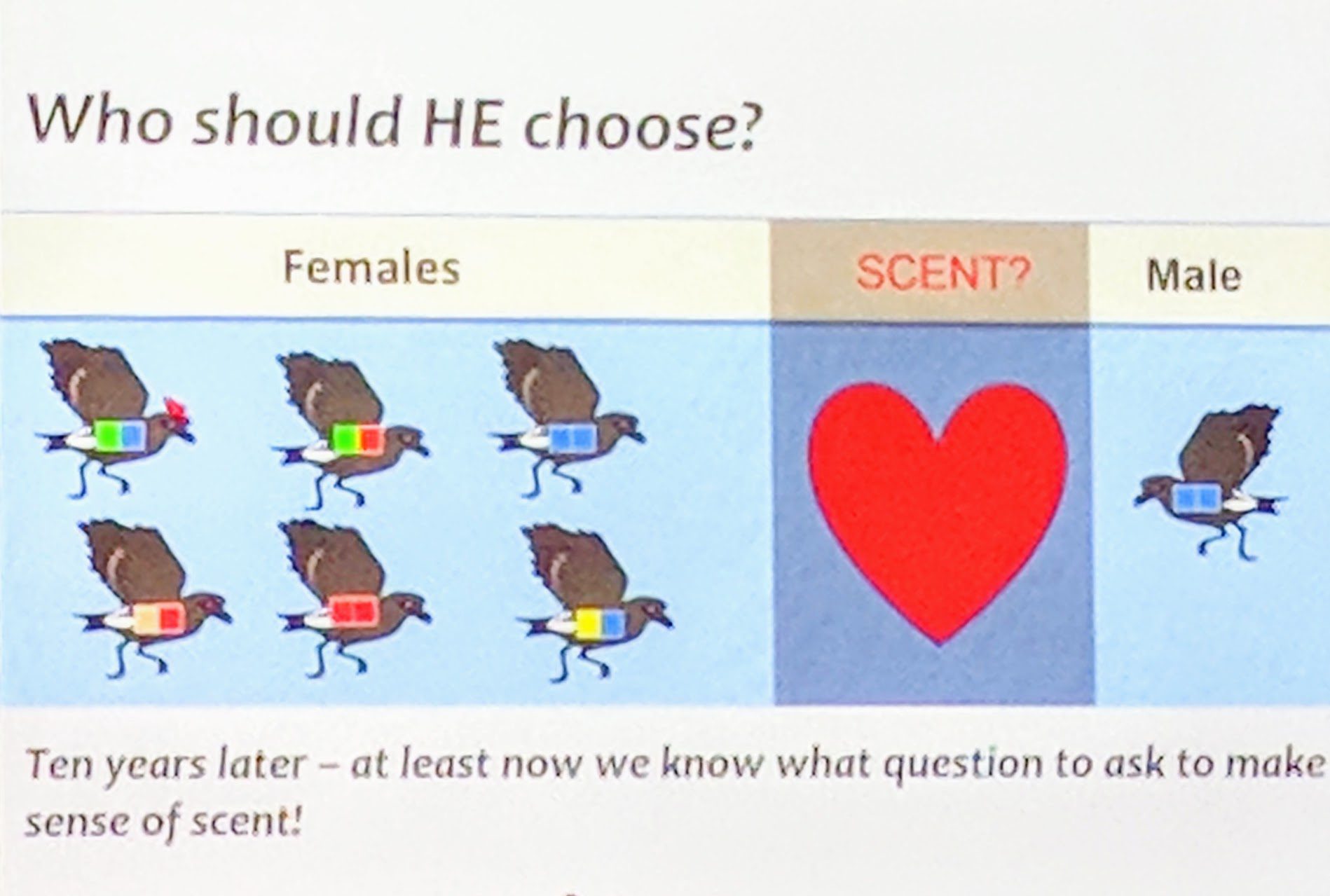
Quick hits:
- It took 10 years and a lot of chemistry to work out that Leach’s Storm-Petrels select their mates by the way they smell, according to Gabrielle Nevitt of the University of California, Davis—and in a reversal from the norm, it’s the males that are the choosy ones.
- Now that Peregrine Falcons are numerous again (thanks, Endangered Species Act), they’re forcing Western and Semipalmated Sandpipers to evolve different wing shapes, according to Ron Ydenberg of Simon Fraser University.
- And in citizen science news, it turns out that if you go surveying for nighthawks at night, you find more of them—lots more. They’re 50 times more detectable at dusk than in the morning hours used by the Breeding Bird Survey, according to Elly Knight of the University of Alberta. The additional data make it possible to detect population trends for this declining species. If you want to help, learn more and join the Canadian nightjar survey or the equivalent U.S. nightjar survey—they’d love to have your help.
Wednesday Highlights
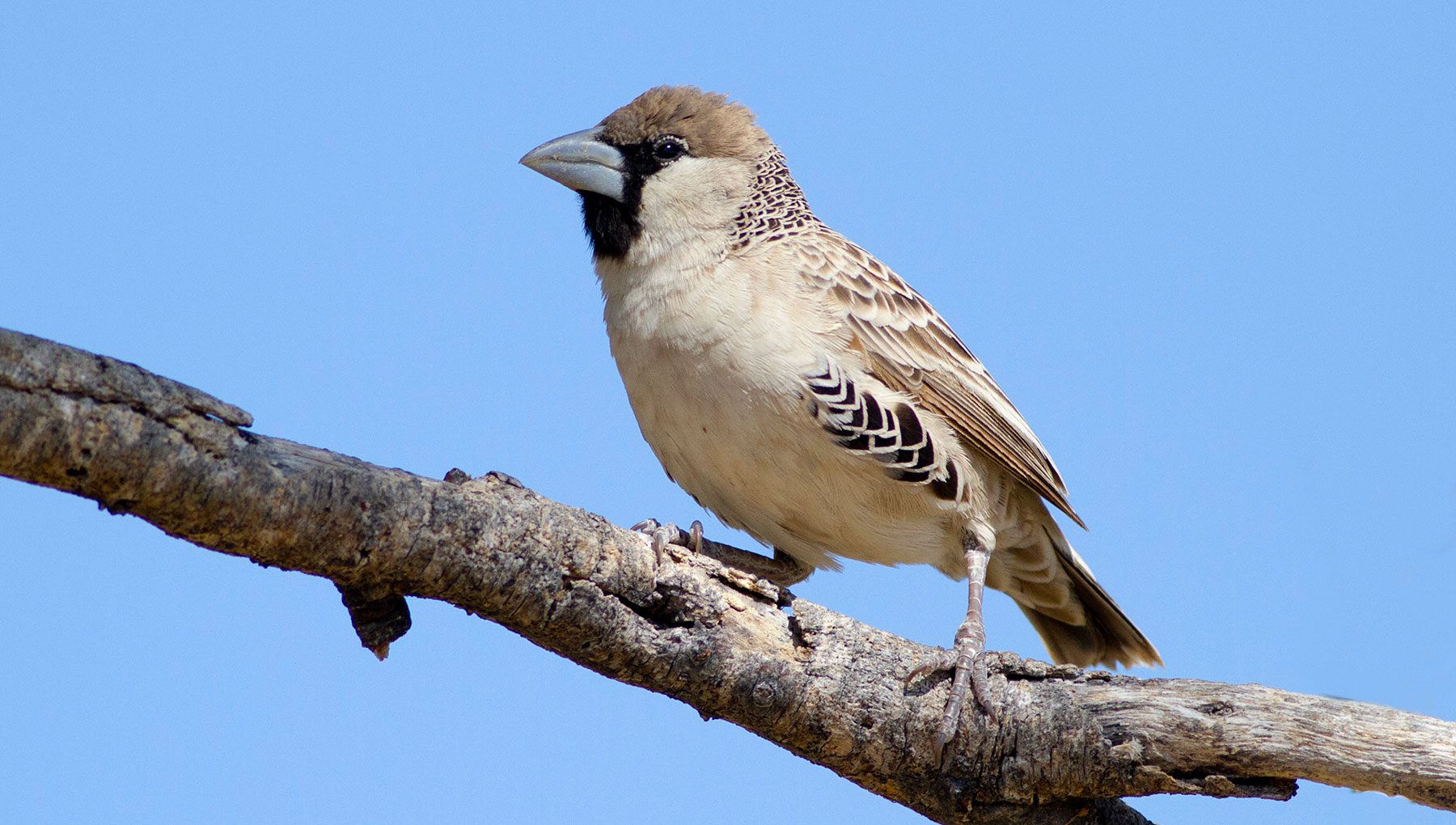
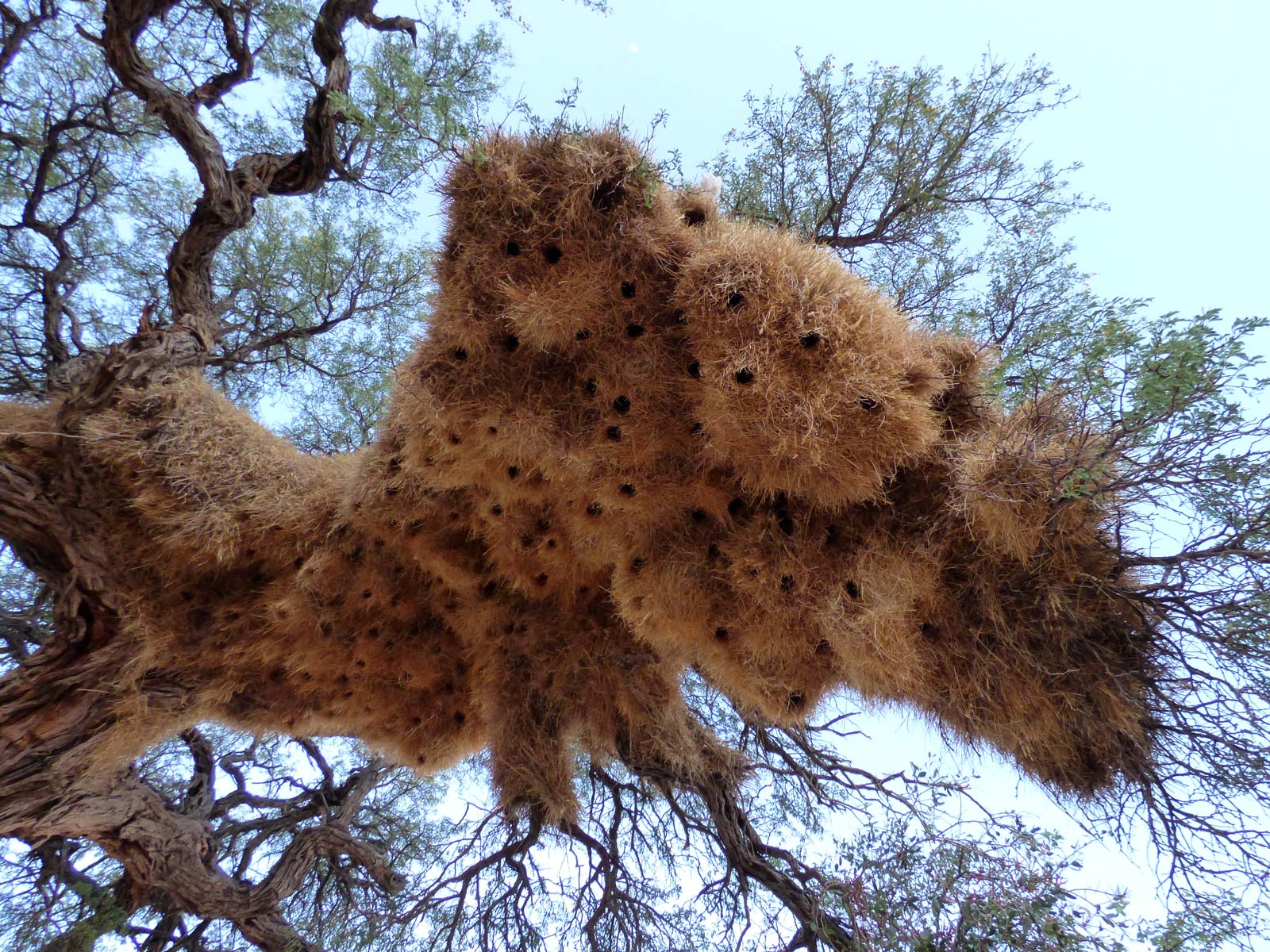
The nest of many uses. Birds deserve more credit as “ecosystem engineers,” says Robert Thomson of the University of Cape Town, South Africa. When it comes to animals reshaping their environment, he says, it’s creatures like beavers and termites that get all the attention. What about the enormous nests of Sociable Weavers in southern Africa’s Kalahari Desert? These sparrow-sized birds create tree-sized structures that house hundreds of nests and can stay active for decades.
Over the years, the birds’ droppings enrich the soil with nitrogen, phosphorus, and potassium, resulting in the tree growing more leaves (which giraffes eat) and providing more shade (which antelopes use in the heat of the summer) than trees without weaver nests. The nests themselves do an amazing job of staying cool in summer and warm in winter, which may be why a half-dozen other bird species vie for unoccupied nest chambers. The interlopers include barbets, tits, lovebirds, finches, and the Pygmy Falcon, which sometimes eats skinks (which themselves are up to 3x more abundant on trees with weaver nests). Even cheetahs climb into the trees to sprawl over the domed roof of the nest and soak up the sun.
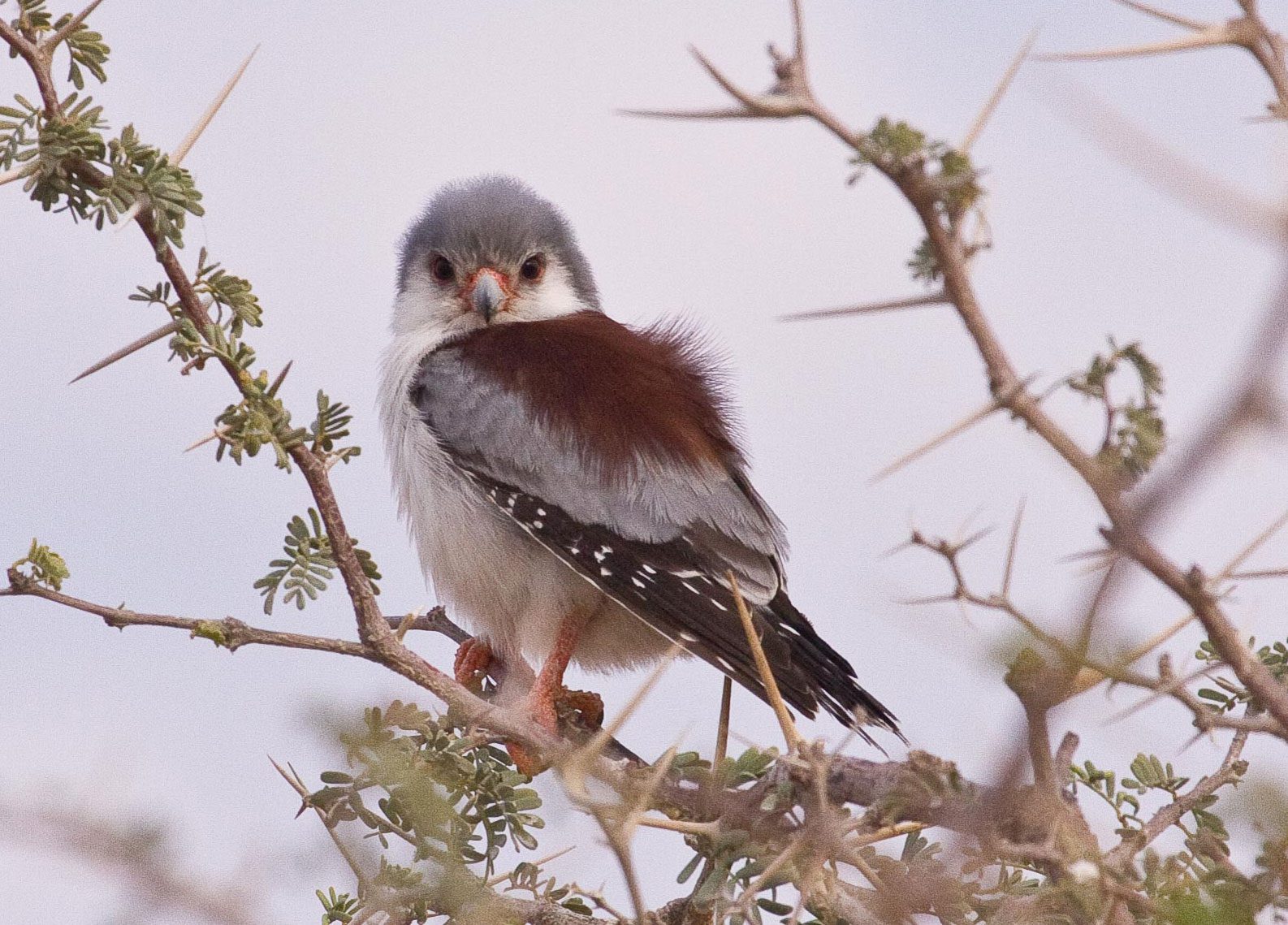
Thomson suggests that the effort and ingenuity that birds put into their nests have value for many other creatures, and ornithologists should pay more attention to them as engineers. Here in North America, the clearest examples are the woodpeckers that provide homes for all manner of bluebirds, swallows, chickadees, flying squirrels—but we should be on the lookout for others.
We have only 40 years to save Saltmarsh Sparrows. The birds nest in low saltmarsh vegetation, putting them on the front lines of rising sea levels as the climate warms. The birds are impressively able to cope with rising water—after all, they’ve evolved in a world where high tides occur twice a day. Eggs and chicks can survive being briefly flooded, so long as the water levels don’t push them completely out of the nest (see video).
But there’s a limit: as sea levels have risen, the species has lost an average of 9% of its population every year since the 1970s, and the leading cause of nest failure is flooding. With rising water levels, the birds have nowhere else to go. Chris Elphick of the University of Connecticut combined nest failure statistics with projections of sea level rise, with the sobering result that this tidal-zone specialist may not survive the middle of this century. Paradoxically, Elphick said, it’s not large, attention-getting storms like Hurricane Sandy that pose a threat to Saltmarsh Sparrows, but the slow and insidious rise of high tides over the years.
Elphick says possible fixes, such as adding silt or sand to raise marshes, installing tidal gates to limit the highest tides, or allowing marshes to extend farther inland, tend to be laborious or expensive. But time is the real problem. “The rate of decline is so high that we can’t really afford to spend 10 years to figure out [which one of these approaches] works.”
When pesticides hurt more than pests. Margaret Eng of University of Saskatchewan tested what happens when White-crowned Sparrows consume very small (so-called “sublethal”) amounts of neonicotinoids—the world’s most widely used class of pesticides. She found the birds immediately stopped eating, lost weight, and were unable to orient properly for migration. The effects lasted from 3 days to 2 weeks, after which the birds returned to normal weight and continued with their migration (albeit behind schedule). It’s not yet clear how much neonicotinoid birds get from eating plant tissues grown from treated seeds—but blood tests showed 80% of the sparrows in her study already had detectable neonicotinoids in their blood by the time Eng caught them.
Bird of Prey movie premieres in Canada. In the evening, Congress attendees and Vancouverites lined up to see this award-winning film about the endangered Phillippine Eagle, produced by the Cornell Lab. The film portrays this magnificent raptor through the eyes of acclaimed cinematographer Neil Rettig, who filmed the bird in the 1970s and returned 36 years later, at age 64, to film intimate moments of a young chick and its parents from a treetop blind. It’s his hope to inspire people to join the efforts of the Phillippine Eagle Foundation to safeguard the future of the bird, now down to fewer than 800 individuals.
Quick hits: Mike Webster of the Cornell Lab led a symposium that rethinks the way sexual selection works in creating new species. For years it was suggested that when populations of a species sing different songs or acquire different markings, the preferences of females could begin to drive the two groups toward becoming different species. But research, including his own with Red-backed Fairywrens in Australia, is starting to suggest that female preferences may not be so absolute.
And Benjamin Van Doren of Oxford University, with colleagues from BirdCast, developed a model that can predict heavy nights of bird migration across North America up to a week in advance. As many as 600 million birds can be aloft over the continent in a single night, he said—and being able to predict such heavy migration means we may be able to take quick action at places like wind farms and skyscrapers to save a huge number of bird lives.
Tuesday Highlights
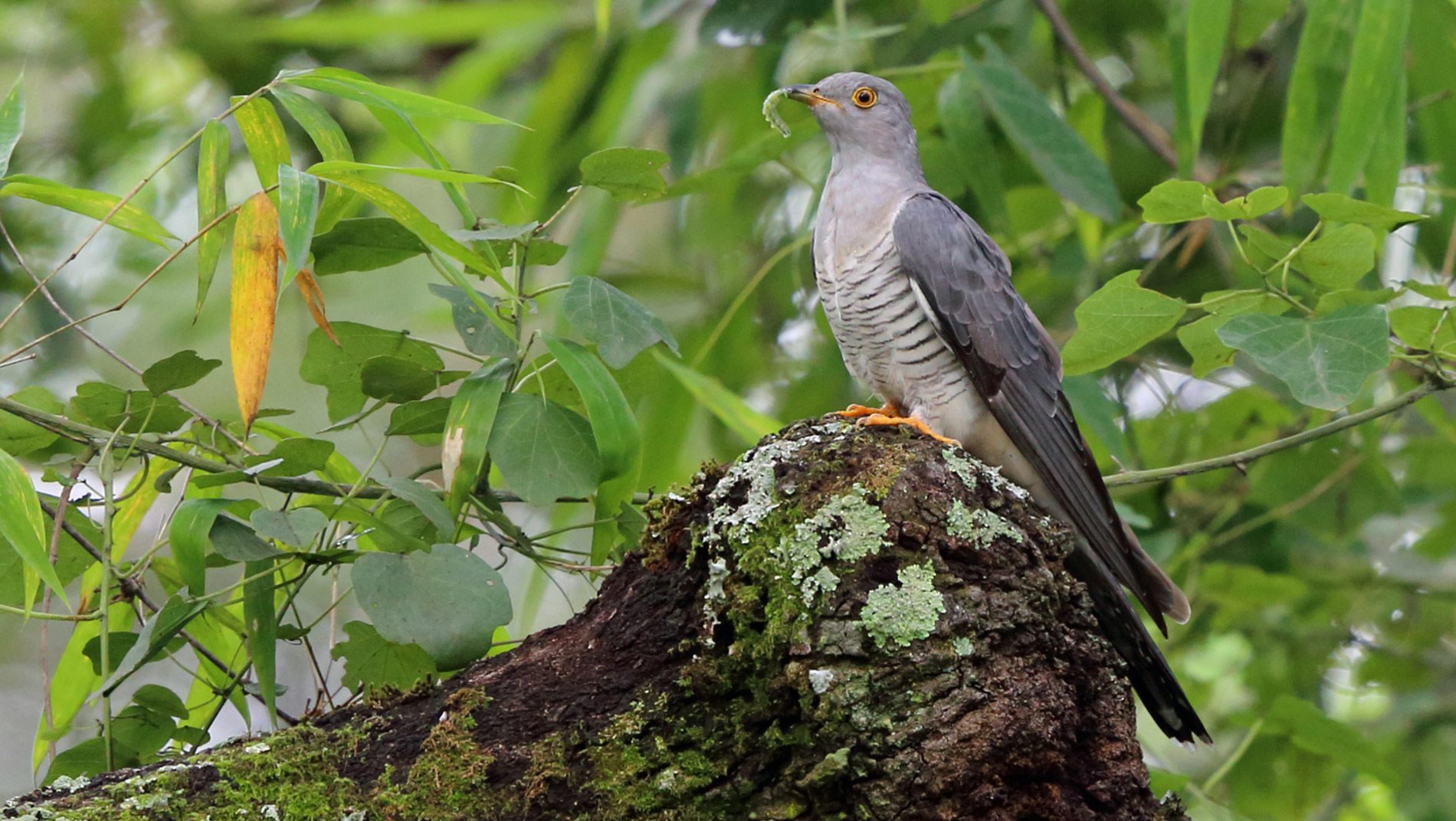
This week, a couple dozen Cornell Lab scientists, students, and staff joined some 1,600 ornithologists from around the world in Vancouver for the 27th International Ornithological Congress. It’s slightly smaller than 2016’s NAOC conference (see our reports from NAOC), but it’s still a nonstop hubbub of people talking, thinking, explaining about—and doing their best to help—birds.
I had to laugh as I tried to find the right room for my first symposium of the morning—the topic was how birds manage their tremendous feats of navigation. I’d had trouble getting from my hotel room to the correct floor of the conference hall, with only one stopover at a coffee shop. It turns out that this human can’t hold a candle to a wheatear, a cuckoo, or a stilt.
Then again, if it seems like birds have a sixth sense that helps them find their way, it’s because they do: birds can sense the Earth’s magnetic field. This is in addition to using stars, the position of the sun, and possibly even their sense of smell to orient themselves.
But even a magnetic compass isn’t always enough, as early polar (human) explorers discovered to their dismay. Near the poles, the Earth’s magnetic field is nearly vertical. Compass needles don’t point north so much as straight down, into the ground, rendering them all but useless.
So how do arctic species like Northern Wheatears cope with that same complication? It doesn’t help that 24-hour daylight means they can’t use the stars. Yet they still do orient correctly, as Susanne Akesson of the University of Lund, Sweden, discovered after taking wheatears around the Arctic Ocean on an icebreaker ship and periodically testing their sense of direction. She thinks that a combination of magnetic variables, plus an ability to see polarized light, may help them out. That last technique also harks back to early explorers. Akesson pointed to accounts in the Icelandic sagas in which the Vikings used sunstones—translucent rocks that polarize the light—to tell them where the sun was even on the thickest overcast days the North Sea could throw at them. “Maybe you haven’t read the Icelandic sagas,” Akesson said. “But everybody ought to read them.”
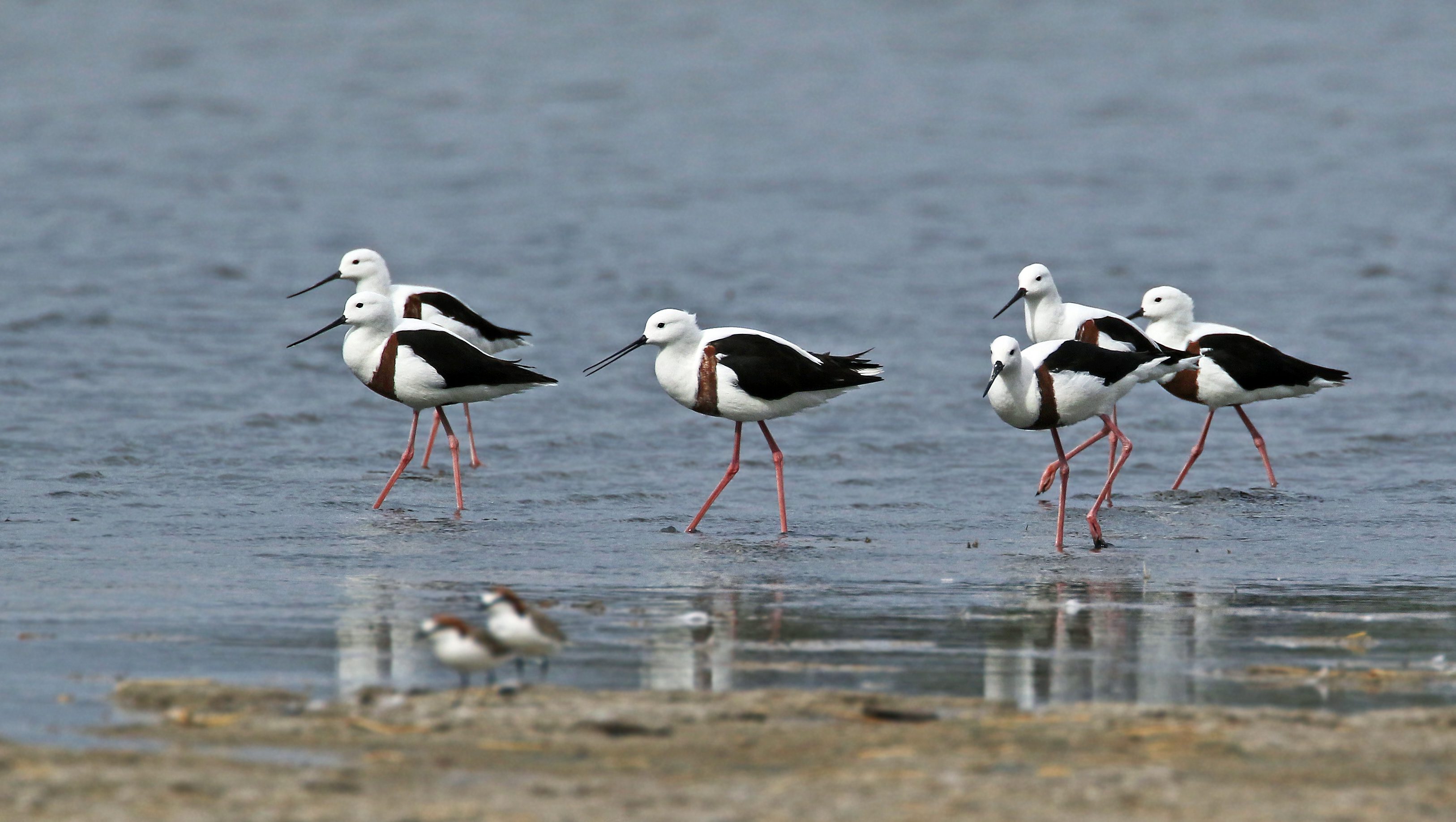
It’s not just polar regions that create challenges for birds. In the intensely arid interior of Australia, waterbirds are faced with a paradox: they have to find ephemeral lakes in a place where it’s so dry they can’t survive year-round. Andrew Bennett of Deakin University studies the uncanny abilities of birds like Banded Stilts, Black Swans, and Pacific Black Ducks. These species spend much of the year near the coast, but somehow can tell when rains arrive deep in the interior, as far as 1,200 miles away—and they promptly fly inland, find the water, and begin breeding, often departing within a week of the arrival of the rains. Time is of the essence: rains collect in inland lakes, sometimes rising more than head high over many square miles, but then begin to evaporate again. For a brief period, food like brine shrimp are superabundant—but if the birds don’t get an early start, there may not be enough time to fledge the young before the opportunity literally dries up.
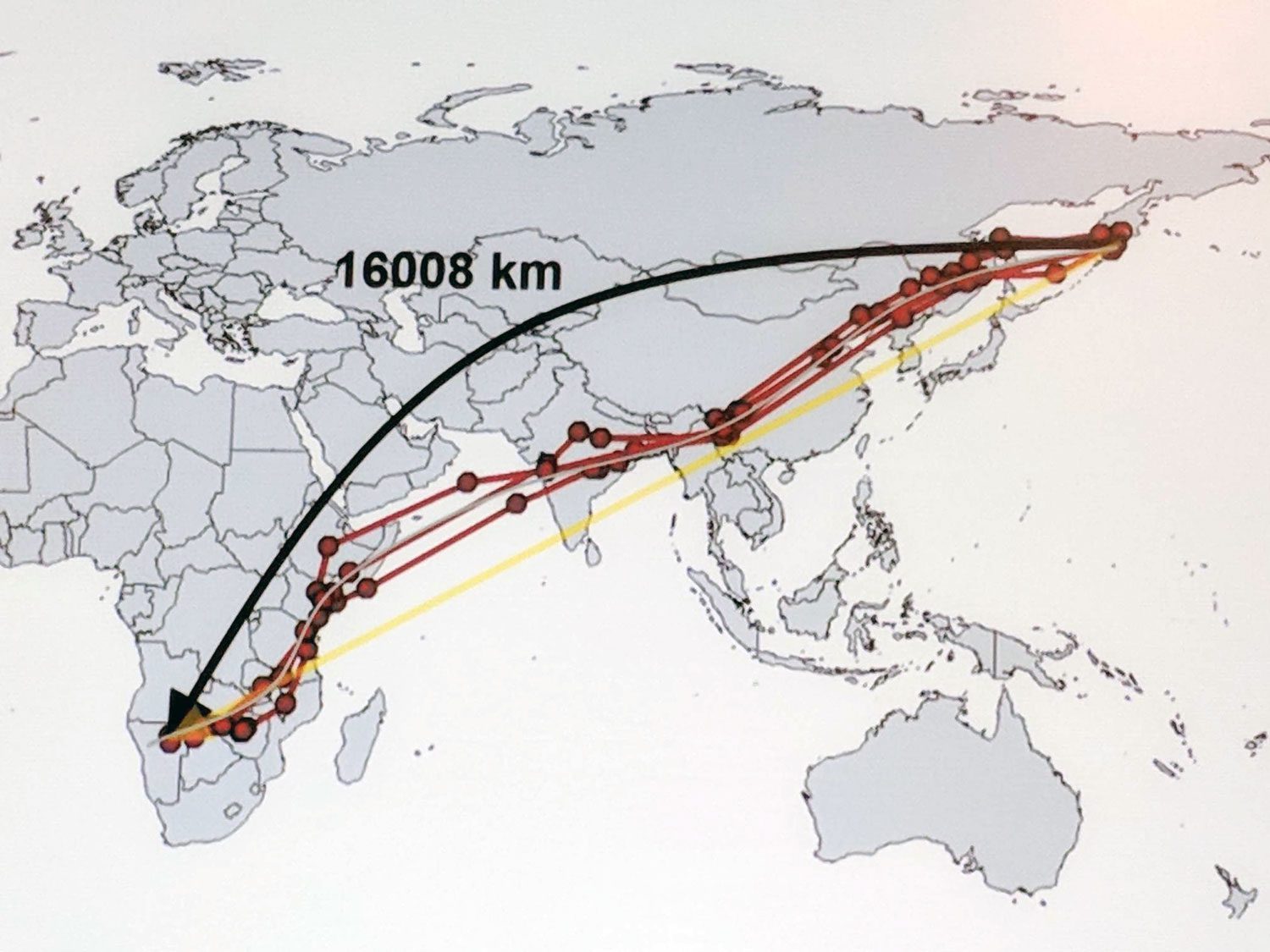
Then there’s the Common Cuckoo. It’s probably best known for leaving other birds to raise its own young, but it deserves to be known for its jaw-dropping migration—the longest known for any land bird—from Kamchatka to Namibia. At about 10,000 miles one-way, that’s comparable to Arctic Terns and Sooty Shearwaters. Kasper Thorup of the University of Copenhagen used satellite transmitters to track Common Cuckoos as they flew out of Russia, all the way across Asia and India, then straight across the Indian Ocean to the Horn of Africa, and then across to the far side of Africa. “When you look at it on Google Earth, you can’t see the whole track at one time. You have to turn the globe not once but twice to see where they are going,” Thorup said. It’s such a tremendous feat that it’s hard to grasp even what the full set of navigation problems might be, let alone how the cuckoos solve them.
In the afternoon, the Cornell Lab’s own Cecilia Nilsson took a numbers approach to the phenomenon of migration. A member of the Lab’s BirdCast group, she used weather radar to estimate how many birds migrate across Europe. Over a 3-week period in fall of 2016, she found that the skies came alive at night, with most birds moving south-southwest and probably taking a route around the western edge of the Mediterranean. Using an estimate of an “average” bird’s body size, she estimated that on average some 1,621 birds are in the air per kilometer per hour over Europe—with peak migration nights having about 4 times that many.
Quick hits: DNA sampling of Anna’s Hummingbird poop shows that the tiny birds feed from way more plants than people realized (77 species in just one study, including flowers like chicory, sunflower, and blackberry that seem decidedly non-hummingbird). The DNA tests rack up a bigger list of menu items (including spiders and flies) than people could easily compile through observation. “It definitely saves time in the field, but it does not save time in the lab,” says the researcher, Jenny Hazlehurst of University of California, Riverside, sounding just a bit rueful about the trade-off. And you know that fluttering sound that many doves make when they take off? For Common Ground-Doves and Inca Doves, it’s created by specially shaped primary feathers, says University of Montana’s Robert Neise. That means they must make the sound on purpose—the only question is why?

All About Birds
is a free resource
Available for everyone,
funded by donors like you
American Kestrel by Blair Dudeck / Macaulay Library
